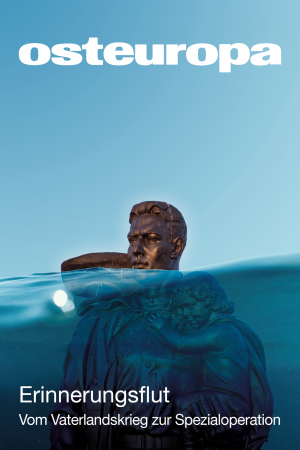Connections and Citizenship
Forms of Social Cohesion in Georgia
Deutsche Fassung
Abstract
Social cohesion in Georgia is traditionally expressed in within groups and networks. This applies to the feudal ruling dynasties as well as to horizontally organized associations, such as the federative “Free Svaneti”. A cross-group sense of community only emerged in the early 20th century. The Georgian Social Democrats played a leading role here. In the Democratic Republic of Georgia, proclaimed in 1918, social self-organization reached a peak. The invasion of the Red Army in 1921 ended this phase. The Soviet regime relied on a neo-patrimonial strategy of integrating local patronage networks. At the same time, Soviet collectivism left little room for the formation of groups based on self-determination. This reverberates in Georgian society to this day. Political parties are weak, interest-based community building is poorly devel-oped, and informal relationships dominate. Forces such as the party Georgian Dream, which has ruled since 2012, are exploiting this constellation to in-crease their power. They are undermining the separation of powers and trust in state institutions. But the protests against the government’s about face in the pursuit of EU membership demonstrate a strong civic consciousness.
(Osteuropa 4/2025, pp. 147–166)



